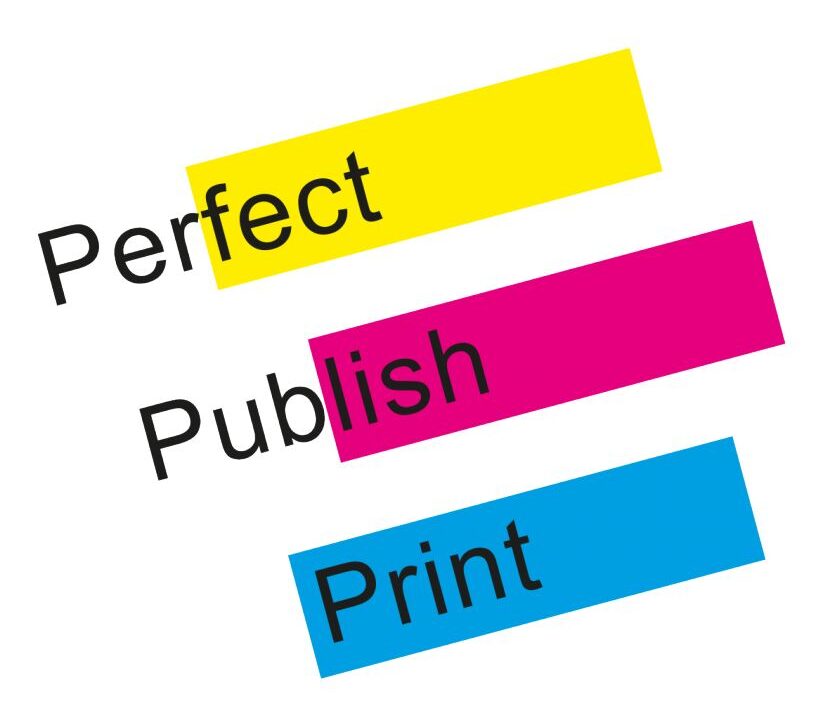印刷第一本书是许多人激动人心的重要时刻,无论你是初次尝试的作者、教育者、企业家还是艺术家。但在正式印刷之前,有几个关键因素需要认真考虑,确保你的书籍既专业美观,又符合预算和需求。以下是印刷第一本书时必须关注的五大要点。

1. 目的与读者
首先明确你为什么要印刷这本书,目标读者是谁。是自用纪念、商业销售、企业培训手册,还是作品集?明确目的有助于决定书籍的格式、长度和风格。
例如:
- 小说或回忆录适合采用哑光软封面
- 练习册适合采用螺旋装订,方便翻阅
- 摄影集或艺术书则需要高品质纸张和鲜艳的彩色印刷
了解读者需求也会影响内容设计和排版。
2. 书籍设计与排版
内容优秀,但排版设计同样重要,能提升阅读体验和书籍质感。
设计要点包括:
- 字体选择与大小(避免过于花哨)
- 行距与页边距,保证舒适阅读
- 页码、页眉页脚的合理排布
- 高分辨率图片及格式统一
封面设计尤其关键,是吸引读者的第一要素。若无经验,可考虑聘请专业设计师或使用设计软件。
3. 印刷格式与装订方式
装订和格式应与内容及用途相匹配。
常见装订方式有:
- 精装(胶装)——适合小说、报告
- 骑马钉(订书钉装订)——适合短册子或杂志
- 螺旋装订——适合培训手册和练习册
- 硬壳精装——适合高端画册、儿童书
常用尺寸如A5、A4较为经济,但也可根据需求定制尺寸。
4. 预算与印刷数量
预算会影响纸张选择、装订方式和印刷颜色。根据印刷数量,选择合适的印刷方式:
- 数码印刷:适合少量(10–500本),成本灵活,交期快
- 胶印:适合大量(500本以上),单价较低,质量稳定
别忘了计算设计费、运输费和后期重印可能产生的费用。初次印刷建议先印小批量,方便修改和调整。
5. 选择合适的印刷厂
不同印刷厂服务质量和价格差异较大。选择专业书籍印刷厂时,要考虑:
- 是否提供文件预检和出血设置支持
- 是否能提供样书确认
- 价格透明,无隐形收费
- 交货时间是否合理
无论是本地还是线上印刷,良好的沟通和质量保障是关键。
结语
印刷第一本书不仅仅是提交文件这么简单,从了解读者需求到设计排版、材料选择和印刷方式,每一步都决定了最终成品的质量。提前规划和细致准备,不仅能节省成本,还能让你的首部作品呈现出专业水准,自信地与世界分享你的故事和创意。





